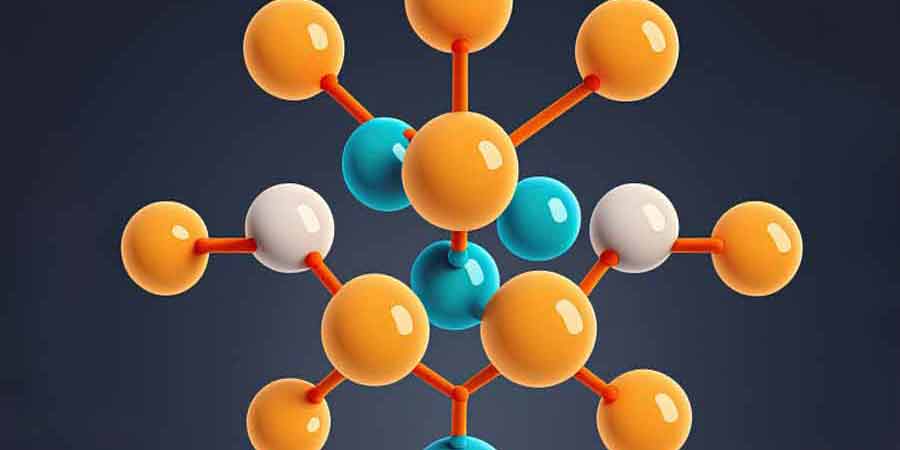
What are the mechanical properties of PEEK vs PEKK?
Whilst both PEEK and PEKK have high mechanical strength, high temperature resistance, fatigue resistance and low flammability, chemical differences exist. The molecular structure of PEKK provides higher heat resistance than PEEK – a heat deflection temperature (HDT) of 160°C versus 145°C.
What is the difference between PEEK and PEKK material?
In general, more crystalline materials, like PEEK, have better mechanical, chemical, and thermal properties compared to amorphous materials like 3D printed PEKK. Indeed, PEEK has obtained NORSOK M-710 certification for the Oil & Gas industry, thanks to its very high chemical resistance.
What is the difference between PEEK and PEKK 3D printing?
The main difference between the 3D prints of the two main members of the PAEK family, PEKK (Polyetherketoneketone) and PEEK, is in the degree of crystallinity. Since PEKK has a lower crystallisation rate, it can be often treated as an amorphous polymer, depending on the production process.
What is a PEK?
Polyetherketone (PEK) is a high-performance, semicrystalline thermoplastic with exceptional performance at higher temperatures. It has a continuous use temperature of up to 260°C and a melting point of 373°C.
What is the difference between PEEK and PEK?
PEK retains its properties at temperatures up to 30˚C higher than traditional PEEK materials. Combined with good creep and fatigue resistance, PEK provides a property set uncommon in most polymers.
What is the difference between PEEK and PEK material?
Compared to traditional PEEK material, the mechanical and physical properties of PEK remain almost constant at up to 30˚C higher in temperature. These properties, combined with good creep and fatigue resistance, provide a property set uncommon in most other polymers.
Is PAEK material better than PEEK or is PAEK the same as PEEK?
PAEK (Polyaryle Ether Ketones) is an entire family of thermoplastics. In addition to PEEK, there is PEK, PEKK, and PEKEKK. All PAEK materials are well known for chemical resistance, high-temperature resistance, and low wear-and-tear. Yet PEEK is one of the only materials actually used by industry and companies today.
What is the difference between PEEK and pekk filaments?
In general, more crystalline materials, like PEEK, have better mechanical, chemical, and thermal properties compared to amorphous materials like 3D printed PEKK. Indeed, PEEK has obtained NORSOK M-710 certification for the Oil & Gas industry, thanks to its very high chemical resistance.
Is PTFE the same as PEEK?
PTFE (polytetrafluoroethylene) belongs to the fluoropolymer family, which is distinct from PEEK. The presence of fluorine provides even greater chemical resistance. Both PEEK and PTFE are stable at temperatures up to 260˚C (500˚F).
Is PEEK more expensive than PTFE?
PEEK is a much higher price polymer but provides value by offering the possibility of manufacturing parts that provide properties including lightweight, strength or toughness and the ability to survive longer in harsh environments.
What is the difference between Ultem and PEEK?
Ultem® is amorphous while PEEK is semi-crystalline (and contains both amorphous and crystalline regions). This may sound like a useless factoid, but it has strong implications for performance at elevated temperatures, especially above each material's glass transition temperature.
What is PEI vs PEEK filament?
PEI, also known as Polyetherimide, is a thermoplastic from the same family as PEEK. It is true that 3D printing PEI parts may not be as costly as PEEK, however, it's good to keep in mind that the it does not perform as well as PEEK in regards to impact strength and usable temperature.
Is PEEK material better than pom?
POM has high mechanical strength and rigidity compared to commodity plastics such as acrylic, but PEEK is recognized as having the highest chemical resistance, wear resistance and heat resistance among all Engineering plastics.